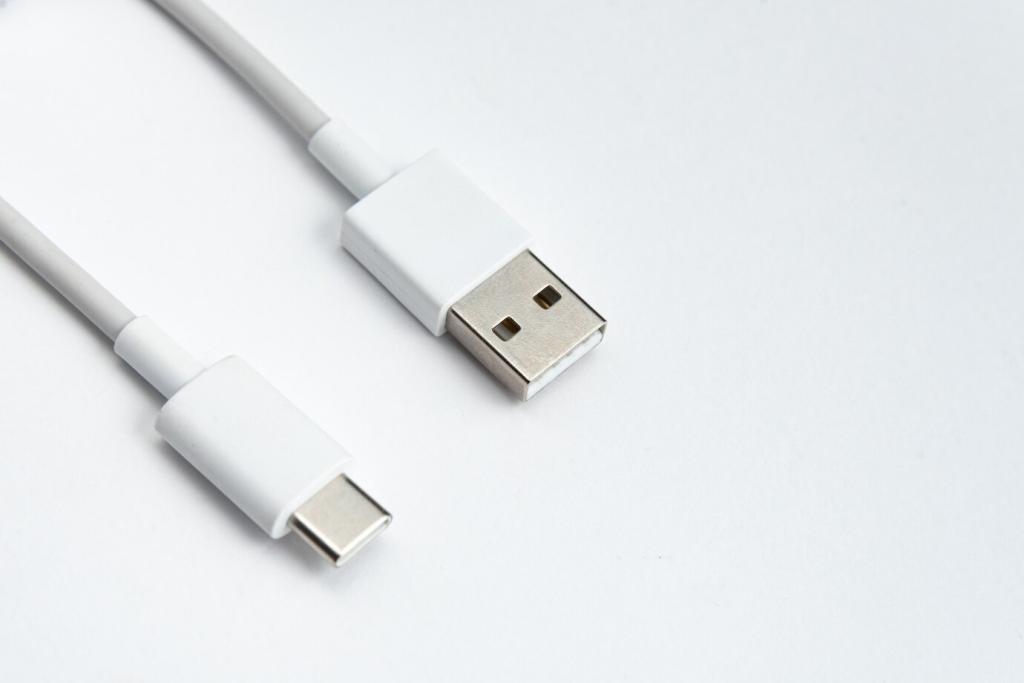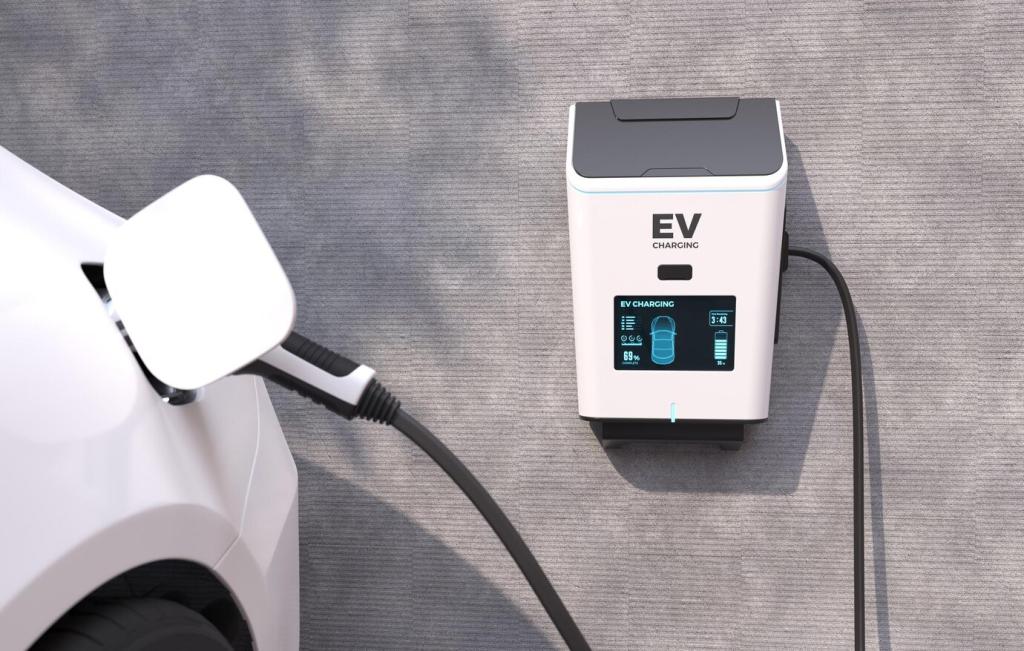Identity, Payments, and User Trust
Provision unique keys at manufacturing, protect secrets with HSMs or secure elements, and enforce mutual TLS for every session. Hardware‑anchored identity prevents spoofed chargers from impersonating infrastructure or extracting sensitive operational information.
Identity, Payments, and User Trust
Offer ISO 15118 Plug & Charge, app‑based sign‑in with FIDO2, and privacy‑aware RFID. Provide fallback options for accessibility, while rate limits and anomaly checks suppress abuse without punishing legitimate drivers during busy hours.







